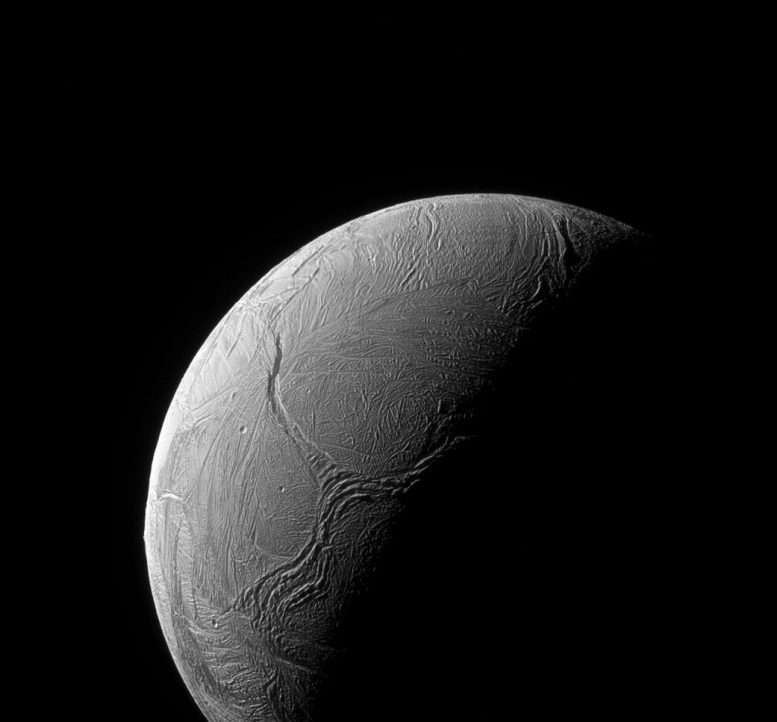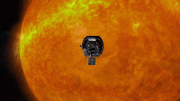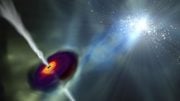
Y-shaped discontinuity on Enceladus’ south pole. These are thought to arise when surface material attempts to push northward, compressing or displacing existing ice along the way. Credit: NASA/JPL-Caltech/Space Science Institute
NASA’s Cassini Spacecraft views a Y-shaped discontinuity on Enceladus’ south pole.
A sinuous feature snakes northward from Enceladus’ south pole like a giant tentacle. This feature, which stretches from the terminator near the center, toward the upper left, is actually tectonic in nature, created by stresses in Enceladus’ icy shell.
Geologists call features like these on Enceladus (313 miles or 504 kilometers across) “Y-shaped discontinuities.” These are thought to arise when surface material attempts to push northward, compressing or displacing existing ice along the way. Such features are also believed to be relatively young based on their lack of impact craters — a reminder of how surprisingly geologically active Enceladus is.
This view looks towards the trailing hemisphere of Enceladus. North is up. The image was taken in visible green light with the Cassini spacecraft narrow-angle camera on February 15, 2016.
The view was obtained at a distance of approximately 60,000 miles (100,000 kilometers) from Enceladus. The image scale is 1,900 feet (580 meters) per pixel.









Be the first to comment on "Cassini Y-Shaped Discontinuity on Enceladus"